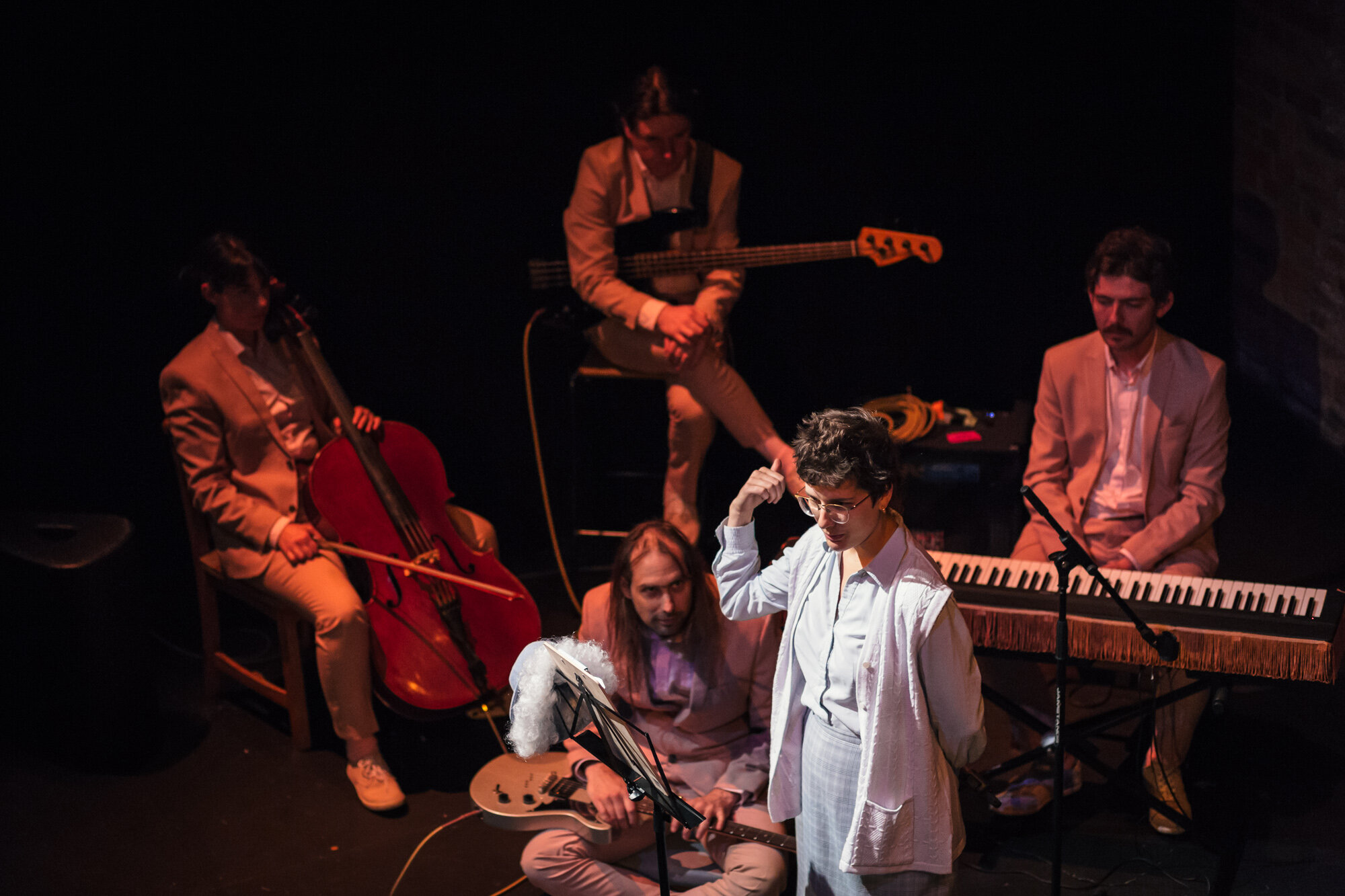

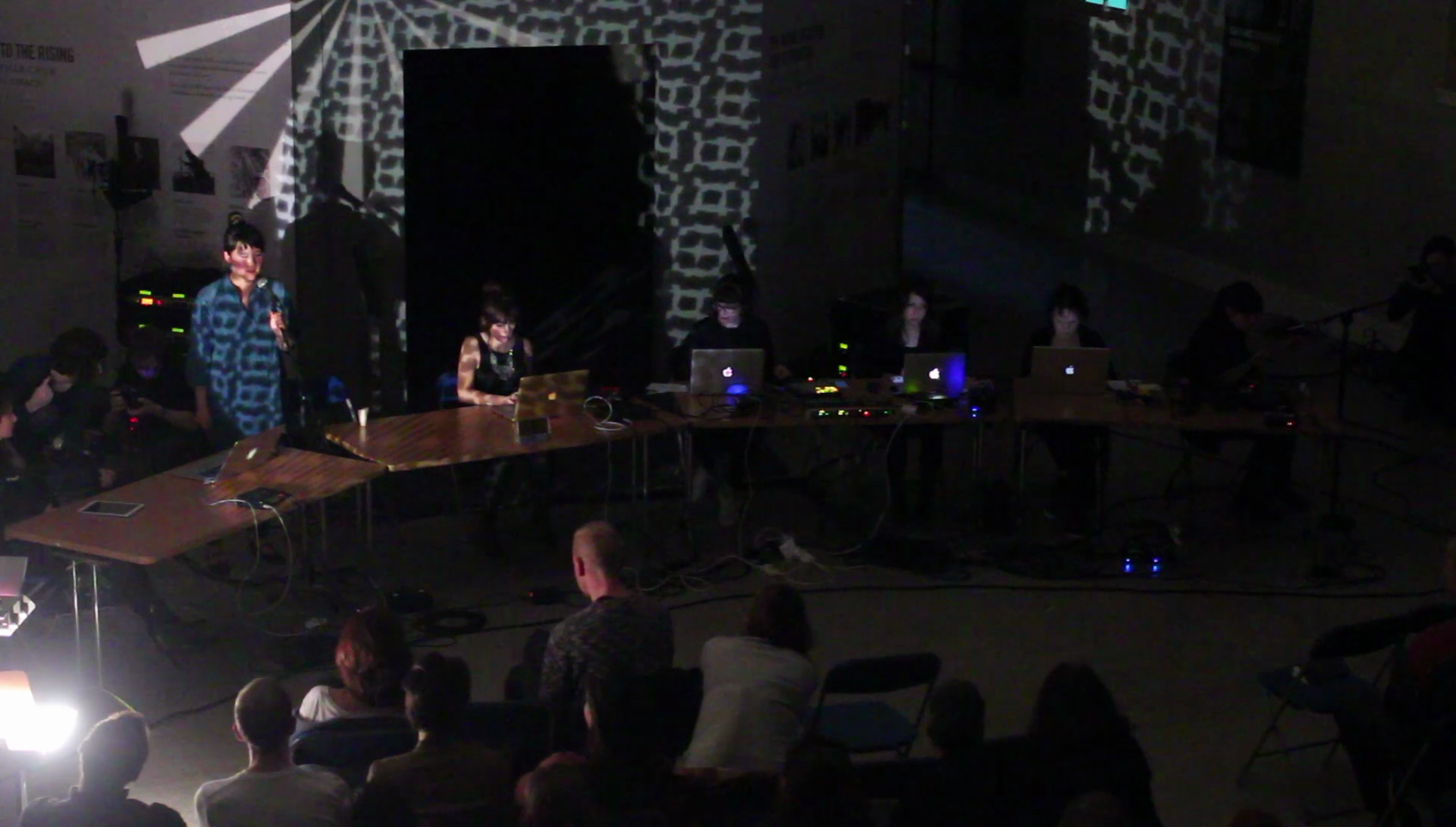
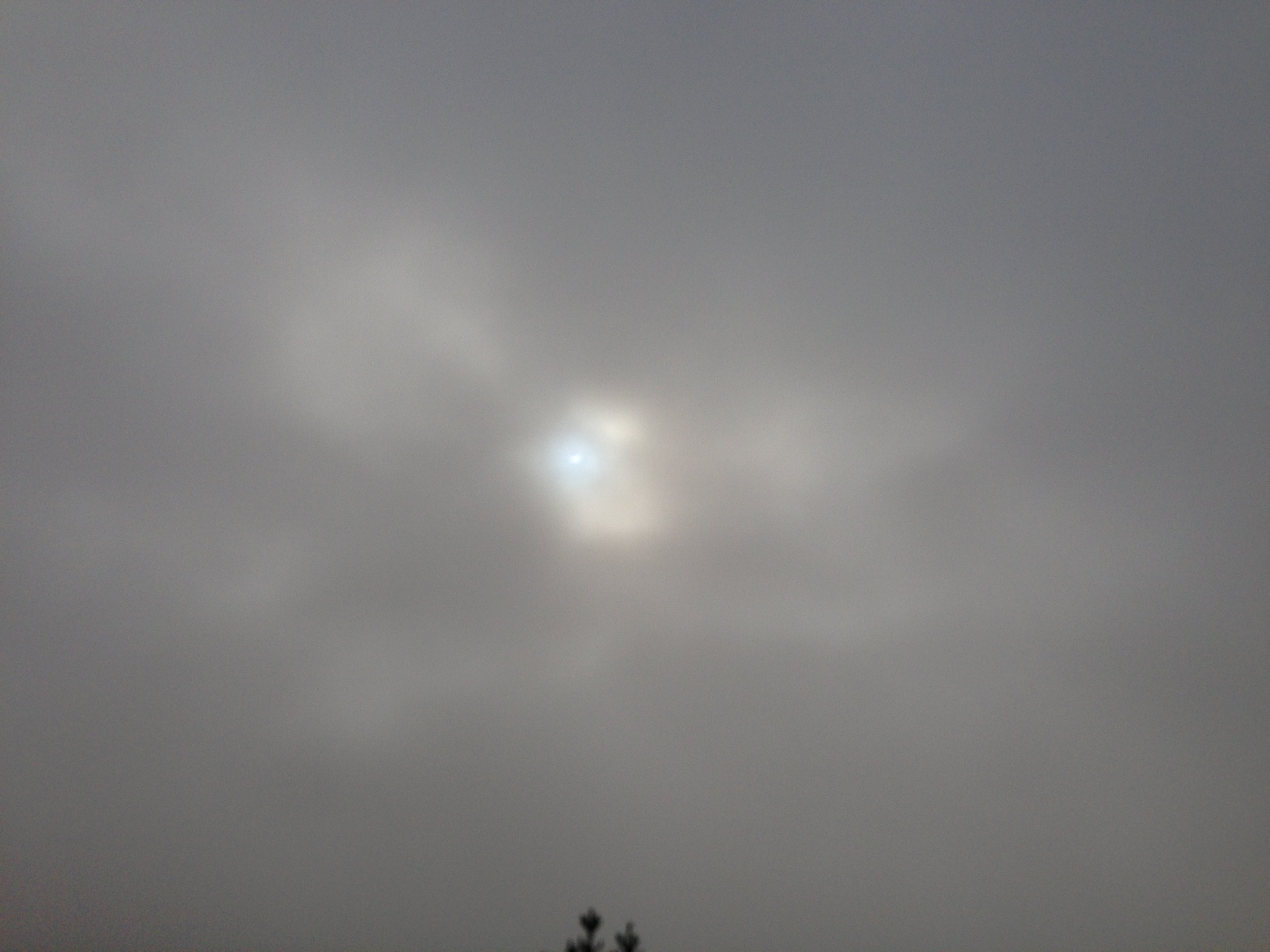
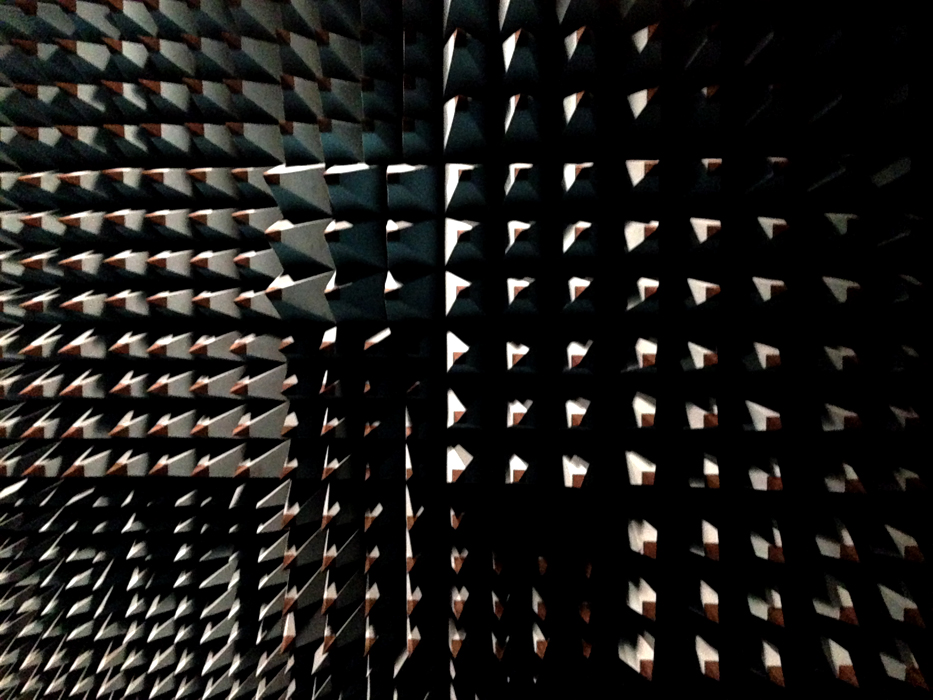
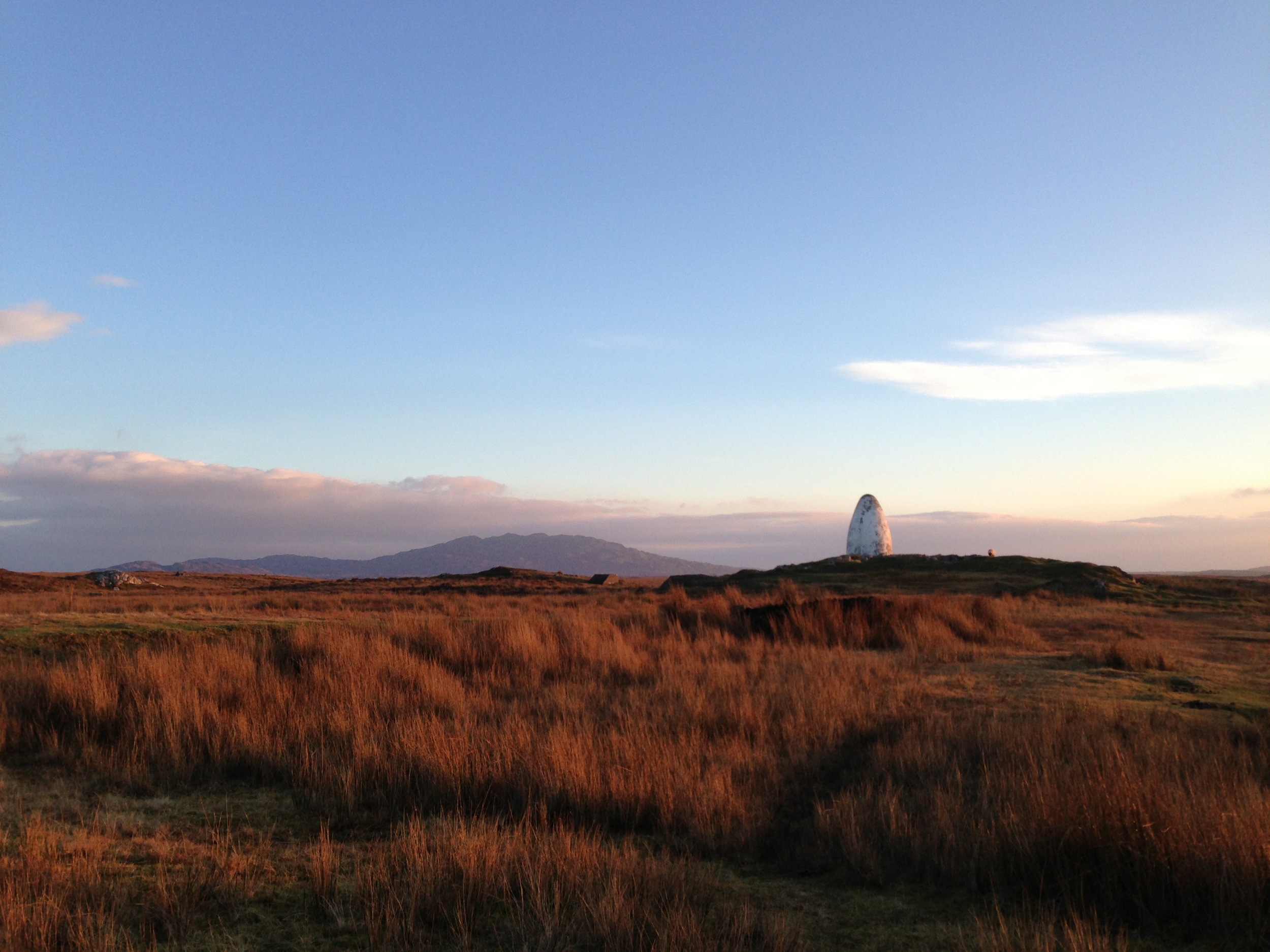
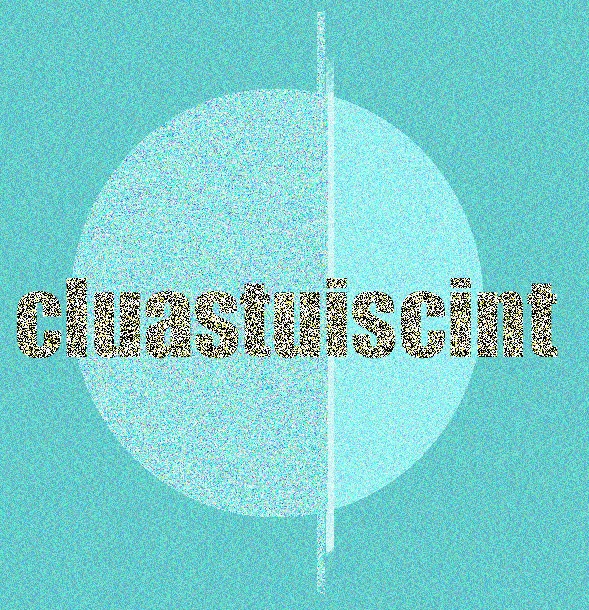
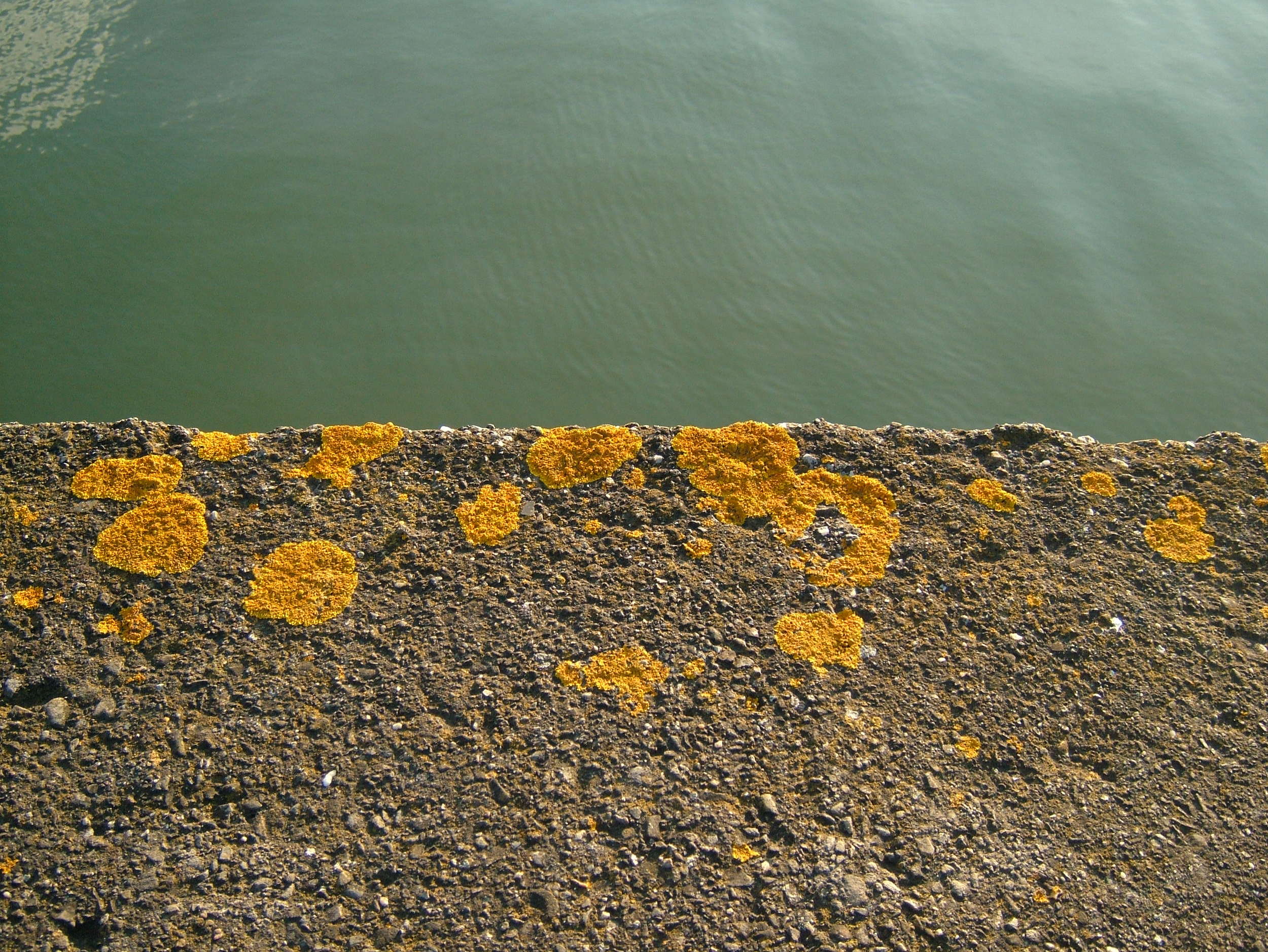
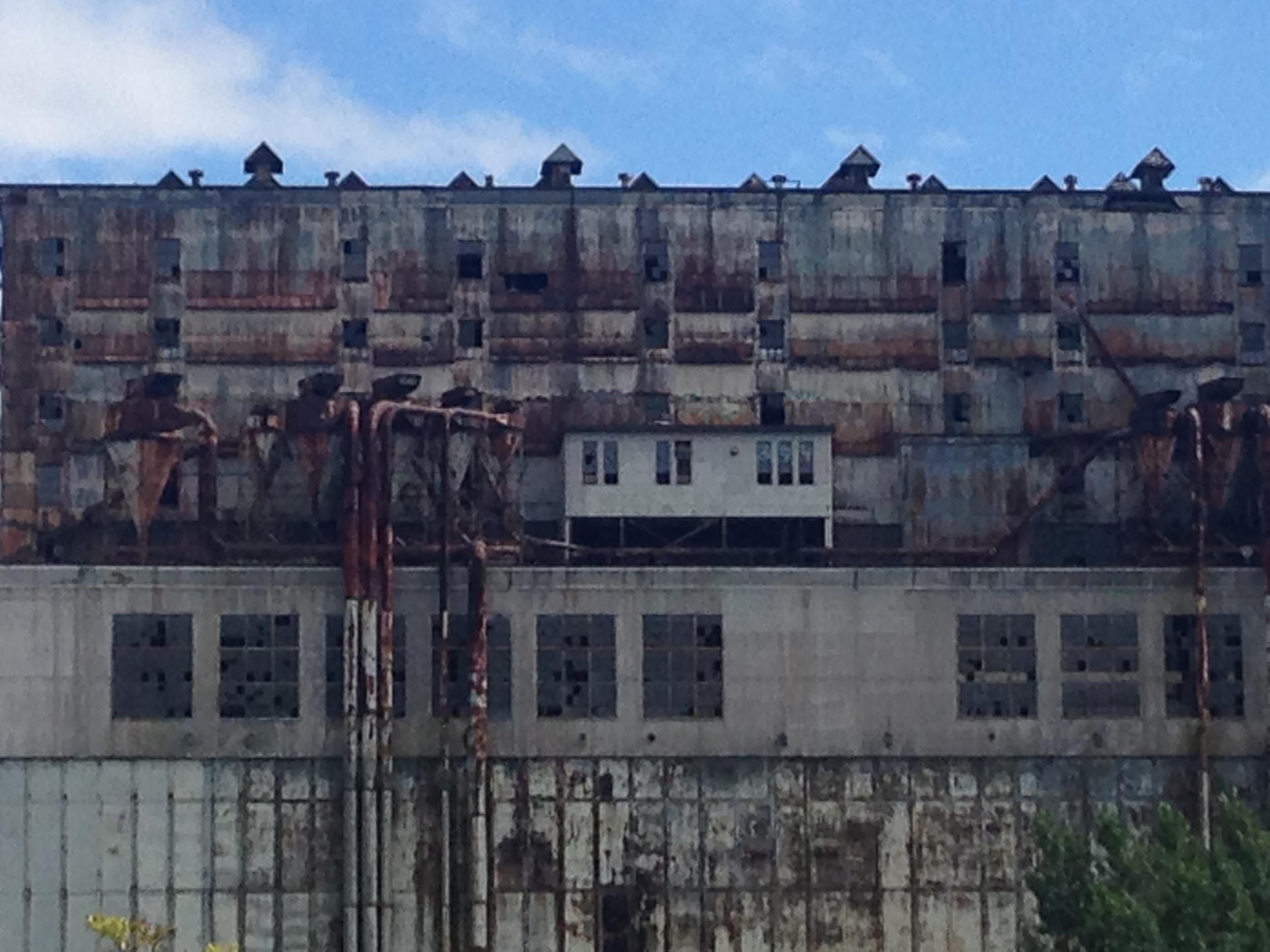

A few years ago, Cal Folger Day sang some songs from her verbatim pop opera in a crowded little room in the Workman's Club. Cal was excitedly giving context and background before each song. The lyrics were all taken from a radio documentary made by RTE’s John Quinn and broadcast on radio 1 in 1995. The documentary featured Lady Gregory’s granddaughters, Anne and Katherine, who were then in their late 80s, walking around their old home in Coole Park. Their stories are those of an idyllic childhood spent with their grandmother in a house whose visitors at that time would have included many of the great figures of the Irish cultural revival, figures like WB Yeats and George Bernard Shaw.
The music and the settings of the songs were written by Cal using some tricks she had gleaned from a close study of a 100-year-old book of drawing room songs by Cecil Sharp. Cecil Sharp was an English folk song collector of the first folk revival which happened early in the 20th Century. Sharp collected over a thousand songs from around what was then the British Isles and arranged them into songbooks which the middle classes would sing around their pianos. This was long before the advent of Pinterest. The songs of Cecil Sharp provided a kind of template which Cal used in a skewed way to render in music the voices of the two ladies of Galway.
It felt like this was a radio show in itself waiting to be brought back to the airwaves. Here is this magical full circle; inspired by radio and in turn hoping to inspire a new radio audience. The programme, apart from being about the opera and the art of composition, is also very much a call to arms or to pens or to keys or to pots and pans. At the heart of our program-making body, we wanted to make something that both elevated and demystified acts of human creativity and that also showed people that any facet of their lives could be co-opted or cornered into becoming a shore of resources with which to tackle the imposing white wall, or page or table.
Cal's enthusiasm for her source material is refreshing and engaging. She sits at the piano with fellow composer Anna Clock and they discuss how the songs of Cecil Sharp shaped the opera. Seated as they are at the piano they provide a kind of contemporary foil for the original two women whose tales provide the content for their songs. Much of the charm of the original radio documentary Two Ladies of Galway hangs on the wonderful relationship between the two elderly sisters. Our new hosts, Anna and Cal recall the same playfulness and mutual affection.
The verbatim aspect of this pop opera is an ode to the human voice and specifically to the voices of these two elderly ladies. Cal's treatment of their voices and words has elevated their rather domestic chat into something venerable and elaborate – an opera! Radio is the natural home for this homage to the human voice in speech and in song.
The Woods and Grandma was broadcast on the Lyric Feature on Sunday September 15th at 6pm on RTÉ Lyric fm - the programme has been nominated for two of radios most prestigious prizes, the Prix Italia and the Prix Europa. Listen back to the programme here.

Curated by La Cosa Preziosa & Rachel Ní Chuinn
This collaborative sound art project takes its cue from a lesser known 1916 episode, when in a letter to the Irish Times Countess Markievicz complained about the Time (Ireland) Act introduced by the House of Commons that year in favour of GMT. Up to that point, Dublin Mean Time had been measured by the Dunsink observatory as rising 25 minutes and 21 seconds later than at Greenwich. Despite Countess Markievicz’s public protestations, Dublin lost its time.
Mean Time consisted of ten newly commissioned electroacoustic pieces and a public concert in Richmond Barracks. We brought all the composers together to create an improvisation around our shared material that represented what could be achieved with these lost twenty-five minutes. The concert was live broadcast on RTÉ lyric fm. Our improvisation used time to generate a space of social inclusion, where the performer becomes the listener and the ground is laid bare for experiment and evolution.
RTÉ Lyric FM Nova broadcast produced by Eoin O’Kelly
Presented by Bernard Clarke
Participating sound artists:
Daria Baiocchi | Fiona Hallinan | Jenn Kirby | La Cosa Preziosa | Vicky Langan | Una Lee | Olivia Louvel | Claudia Molitor | Gráinne Mulvey | Rachel Ní Chuinn
This project was made possible with support from the Arts Council of Ireland, Dublin City Council, RTÉ Lyric FM and Richmond Barracks.

With theatre director Ciarán Taylor, I worked as a composer, sound designer and radio maker to form White Cane Audio Theatre; a group of blind and visually impaired participants. The group met over a period of nine months to explore audio as a means of shared expression.
The project was facilitated by NCBI Services– Working for People with Sight Loss, and was funded by Dún Laoghaire-Rathdown County Council as part of the Per Cent for Art Programme under the Department of Environment, Community and Local Government.
Together we made over 90 mins of audio stories and documentaries, which you can listen to here.
Participants: Gerda Archer, Carol Brill, Eileen Brennan, Andre Dorgan, John Griffith, Una Keane, Matthew Kelly, Marie Kirker, Anthony MacDonald, Audrey Tormey

First broadcast on RTÉ lyric fm 7th November 7pm
Sound is a physical form. Sound waves have physical dimensions and interact dramatically with architectural structures. The ear hears sound as vibrations brush against small hairs inside our heads. This tactile dimension to sound makes it inherently sculptural; it exists in space in a concrete way. A meandering line traces the parallel development of music and our built environment.
Did our neolithic ancestors implement acoustic design 5500 years ago? Architects outline the physics of acoustics and how buildings can shape what we hear. Composer Alvin Lucier describes the details of how a room can be an instrument. Artists, composers and architects consider the subtleties of sound and how they can and should shape our sense of place.
Made with support from the Broadcasting Authority of Ireland

Aerthonnta is a radio miniseries looking at flight. It was produced for broadcast on Irish language community radio station Raidió na Life with the support of the Broadcasting Authority of Ireland.
Each programme looks at a different aspect of flight and works with a musician to turn the field recordings and interviews into a sympathetic score to the ideas and stories contained.

A weekly radio show that goes out live every Tuesday at midnight on Raidió na Life 106.4FM streaming at www.raidionalife.ie

A short audio essay for The Curious Ear on RTÉ. It is concerned with that area of space, which is sometimes the land and sometimes the sea.

CKUT invites you to explore the diverse, and sometimes absurd, world of jobs.
work.labour.the grind
by ckut / Eric Boivin / Gabrielle Anctil / Jamie Woollard / Adelaid / Ashley Bowa / Cathy Inoyue / Esther B / Dominique Ferraton / Kaitlin Prest / Rachel Ní Chuinn
production: Rachel Ní Chuinn + friends